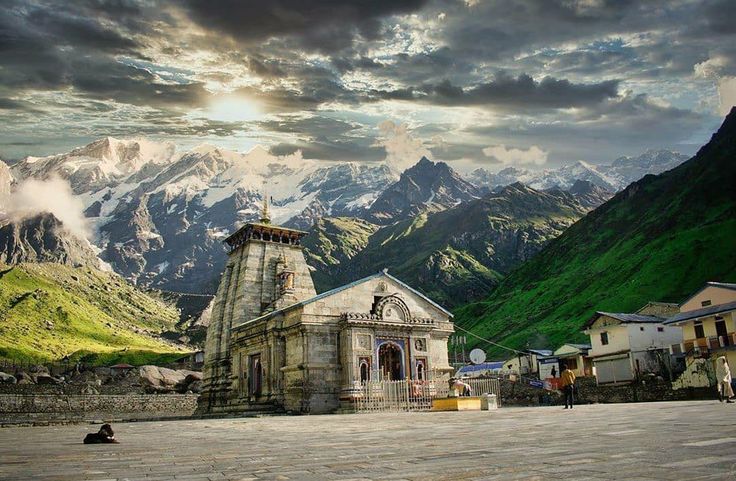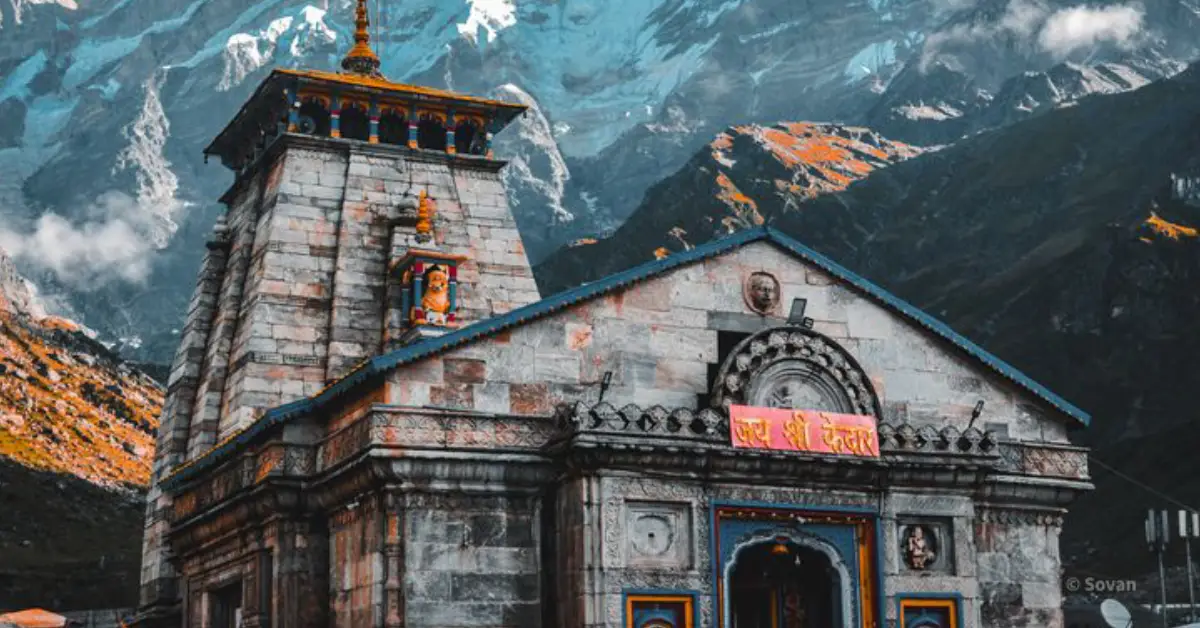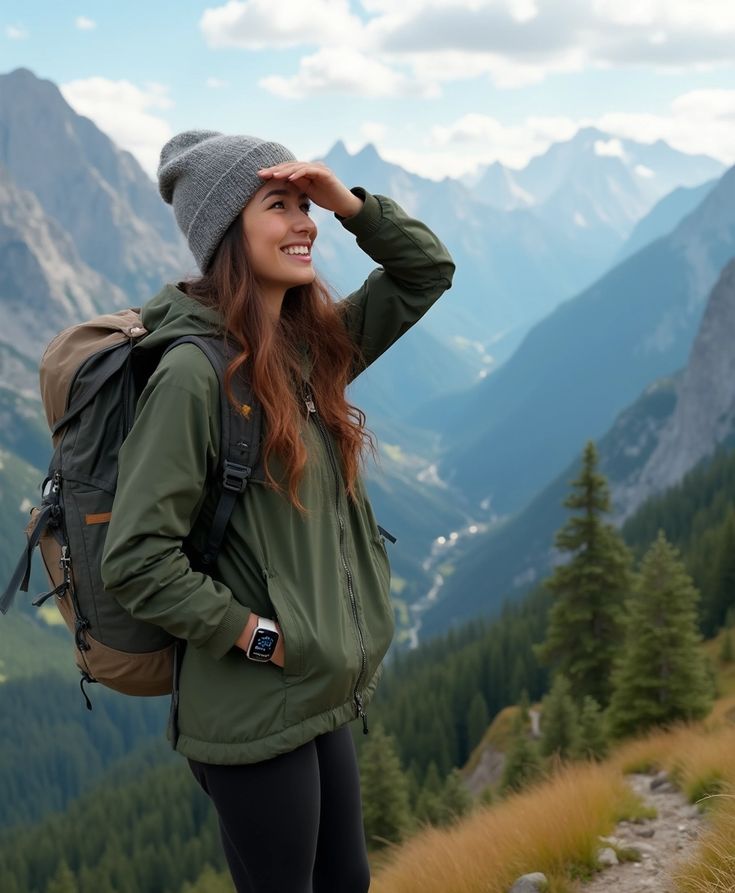The Kedarnath trek. Just the name evokes images of majestic snow-capped peaks, crisp mountain air, and a profound sense of spirituality. Nestled high in the Garhwal Himalayas of Uttarakhand, India, the Kedarnath Temple, one of the twelve Jyotirlingas (manifestations of Lord Shiva), draws devotees from across the globe. But reaching this sacred shrine is more than just a visit; it’s a pilgrimage, a journey of faith, and an adventure through breathtaking landscapes. This blog post will guide you through everything you need to know about the Kedarnath trek, from planning your trip to experiencing the divine presence of Lord Shiva.
Why Kedarnath? The Spiritual Significance

Kedarnath holds immense religious significance for Hindus. The Kedarnath Temple, dedicated to Lord Shiva, is believed to be one of the holiest sites in Hinduism. Legend has it that the Pandavas, heroes of the epic Mahabharata, built the original temple. The present structure, though, is believed to have been built by Adi Shankaracharya in the 8th century.
The temple’s location, amidst towering Himalayan peaks and the serene beauty of nature, adds to its mystique. It is said that Lord Shiva resides here, and devotees believe that a visit to Kedarnath brings them closer to him, washing away their sins and granting them salvation. The spiritual energy of the place is palpable, and even non-believers often find themselves moved by the atmosphere of devotion and peace.
Planning Your Kedarnath Trek: A Step-by-Step Guide
Embarking on the Kedarnath trek requires careful planning. Here’s a breakdown of the key aspects:
- Best Time to Visit: The ideal time for the Kedarnath trek is from May to June and September to October. During these months, the weather is relatively pleasant, and the trails are accessible. The temple is usually closed during the monsoon season (July-August) and winter (November to April) due to heavy snowfall.
- Reaching the Base Camp: The trek to Kedarnath starts from Gaurikund. You can reach Gaurikund by road from major cities in Uttarakhand like Haridwar and Rishikesh. Buses and taxis are readily available. The nearest airport is Jolly Grant Airport in Dehradun, from where you can hire a taxi or take a bus to Gaurikund.
- The Trek Route: The traditional trek route from Gaurikund to Kedarnath is about 16 kilometers. However, there are now alternative routes and services available, which we’ll discuss later.
- Physical Fitness: The Kedarnath trek is moderately challenging, requiring a reasonable level of fitness. It’s advisable to start preparing physically a few weeks before your trip. Regular exercise, especially walking and climbing stairs, will help you acclimatize to the high altitude and prepare for the trek.
- Permits and Registration: While permits aren’t usually required for Indian citizens, it’s always a good idea to check the latest regulations and register yourself online on the Uttarakhand Tourism website. This can be helpful in case of emergencies.
- Accommodation: Accommodation options are available at Gaurikund and Kedarnath. You can find guesthouses, hotels, and Dharamshalas (charitable inns). It’s advisable to book your accommodation in advance, especially during peak season.
- Packing Essentials: Pack light but warm. Layers are key to adapting to the changing weather conditions. Essential items include:
- Warm clothes (jackets, sweaters, thermals)
- Comfortable trekking shoes
- Rain gear (poncho, waterproof jacket)
- Sunscreen and sunglasses
- Hat and gloves
- First-aid kit
- Water bottle and snacks
- Torch or headlamp
- Budget: The cost of the Kedarnath trek can vary depending on your mode of transport, accommodation choices, and other expenses. It’s wise to plan a budget beforehand to avoid any surprises.
The Trek Experience: Embracing the Journey
The Kedarnath trek is more than just a physical challenge; it’s a transformative experience. As you ascend the winding trails, you’ll be mesmerized by the breathtaking beauty of the Himalayas. Snow-capped peaks pierce the sky, lush green valleys stretch out before you, and the air is crisp and pure.
The trek itself is a journey of self-discovery. The challenging terrain tests your physical and mental endurance, but the stunning scenery and the spiritual atmosphere keep you going. Along the way, you’ll encounter fellow pilgrims, sharing stories and experiences, creating a sense of camaraderie.
Alternative Routes and Services:
- Helicopter Service: For those who prefer not to trek, helicopter services are available from Phata, Guptkashi, and Sirsi to Kedarnath. This option significantly reduces the travel time.
- Pony and Doli Services: Ponies and Dolis (palanquins carried by porters) are available for those who are unable to trek or who need assistance. These services can be booked at Gaurikund.
- New Trek Route: A shorter, albeit steeper, trek route has been developed, reducing the distance to Kedarnath. This route is an option for those looking for a quicker trek.
The Kedarnath Temple: A Divine Encounter
Reaching the Kedarnath Temple is a moment of profound joy and spiritual fulfillment. The majestic temple, standing tall against the backdrop of the snow-covered Kedarnath peak, is a sight to behold. The atmosphere inside the temple is charged with devotion. The chanting of mantras, the ringing of bells, and the fragrance of incense create a truly divine experience.
Devotees offer prayers to Lord Shiva, seeking his blessings. The feeling of being in the presence of the divine is overwhelming, and many pilgrims experience a sense of peace and tranquility.
Tips for a Safe and Enjoyable Trek:
- Acclimatize: Allow your body time to adjust to the high altitude. Avoid strenuous activity on the first day and drink plenty of water.
- Stay Hydrated: Carry a water bottle and drink plenty of water throughout the trek. Dehydration can lead to altitude sickness.
- Pace Yourself: Don’t try to rush the trek. Walk at a comfortable pace and take regular breaks.
- Listen to Your Body: If you experience any symptoms of altitude sickness, such as headache, nausea, or dizziness, descend immediately and seek medical attention.
- Carry Snacks: Carry some energy bars, dry fruits, or other snacks to keep your energy levels up during the trek.
- Respect the Environment: Do not litter on the trails. Respect the natural beauty of the Himalayas.
- Respect Local Customs: Be mindful of the local customs and traditions. Dress modestly and behave respectfully.
Beyond the Trek: Exploring the Region
While the Kedarnath trek is the main attraction, the region offers other attractions worth exploring. You can visit the nearby Vasuki Tal, a beautiful lake surrounded by glaciers. You can also explore the towns of Guptkashi and Ukhimath, which have their own religious significance.
A Journey to Remember:
The Kedarnath trek is more than just a pilgrimage; it’s an adventure, a journey of self-discovery, and a spiritual awakening. The breathtaking landscapes, the challenging trek, and the divine presence of Lord Shiva make it an experience that will stay with you forever. It’s a journey that will test your limits, strengthen your faith, and leave you with memories that will last a lifetime. So, pack your bags, lace up your boots, and embark on this incredible journey to the abode of Lord Shiva. You won’t regret it.
FAQs About Kedarnath trek
When is the best time to do the Kedarnath trek?
The best time is from May to June and September to October, avoiding the monsoon and winter months.
How difficult is the Kedarnath trek?
It’s considered moderately challenging, requiring a reasonable level of fitness.
How long is the Kedarnath trek?
The traditional trek from Gaurikund is about 16 kilometers.
Do I need a permit for the Kedarnath trek?
While permits aren’t usually required for Indian citizens, it’s best to check the latest regulations and register online.
What should I pack for the Kedarnath trek?
Pack light but warm, including layers, comfortable trekking shoes, rain gear, sunscreen, a first-aid kit, and snacks.
Are there accommodation options available at Kedarnath?
Yes, guesthouses, hotels, and Dharamshalas are available, but it’s best to book in advance.
Are there alternative ways to reach Kedarnath besides trekking?
Yes, helicopter services and pony/doli services are available.
How can I prepare myself physically for the trek?
Regular exercise, especially walking and climbing stairs, is recommended.
What is the spiritual significance of Kedarnath?
Kedarnath is one of the twelve Jyotirlingas, a manifestation of Lord Shiva, and holds immense religious importance for Hindus.
What are some important safety tips for the Kedarnath trek?
Acclimatize, stay hydrated, pace yourself, listen to your body, and carry snacks.




